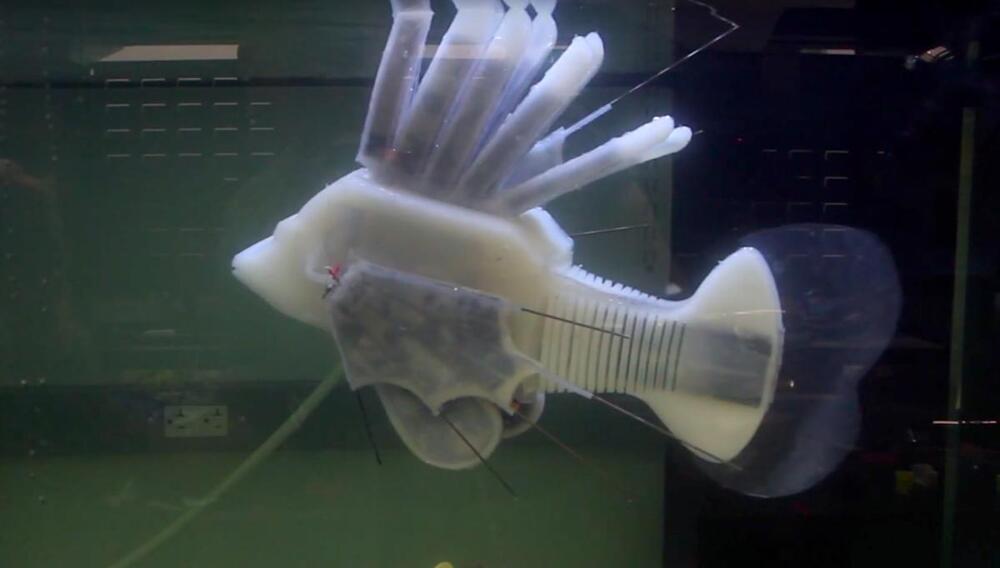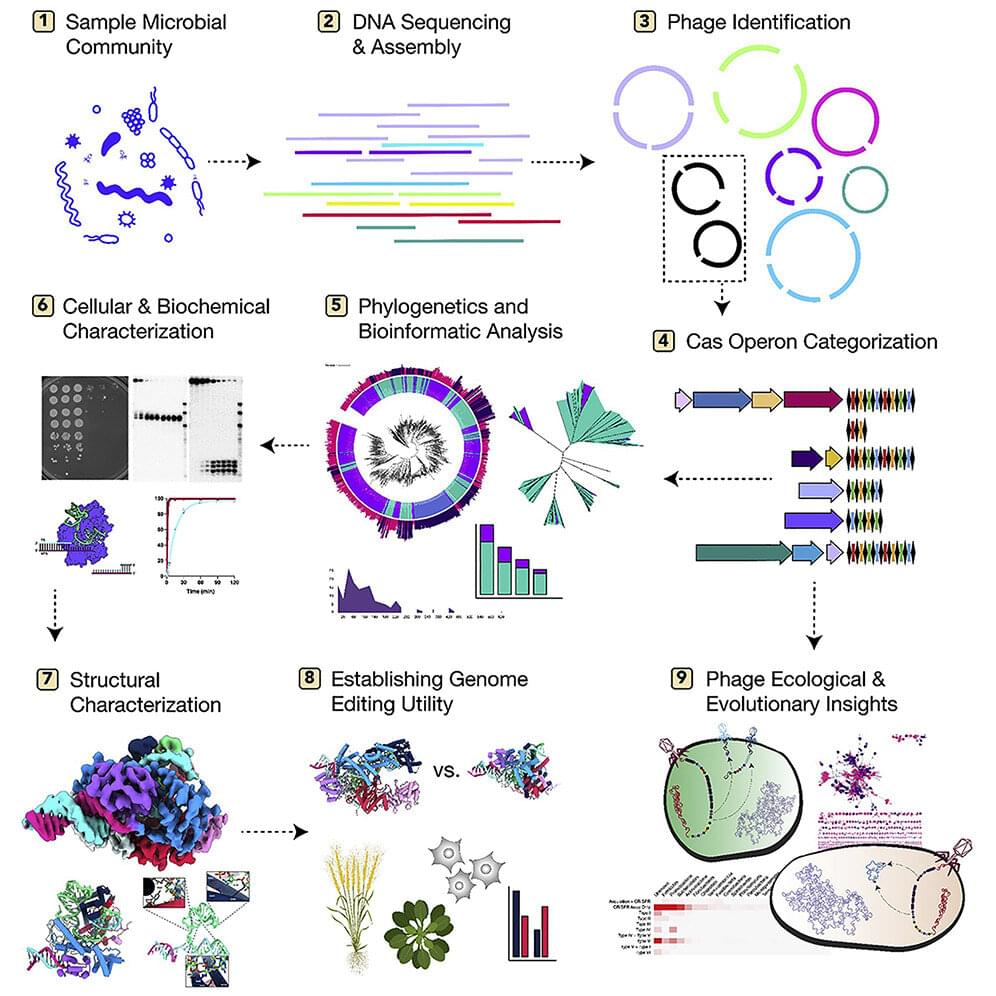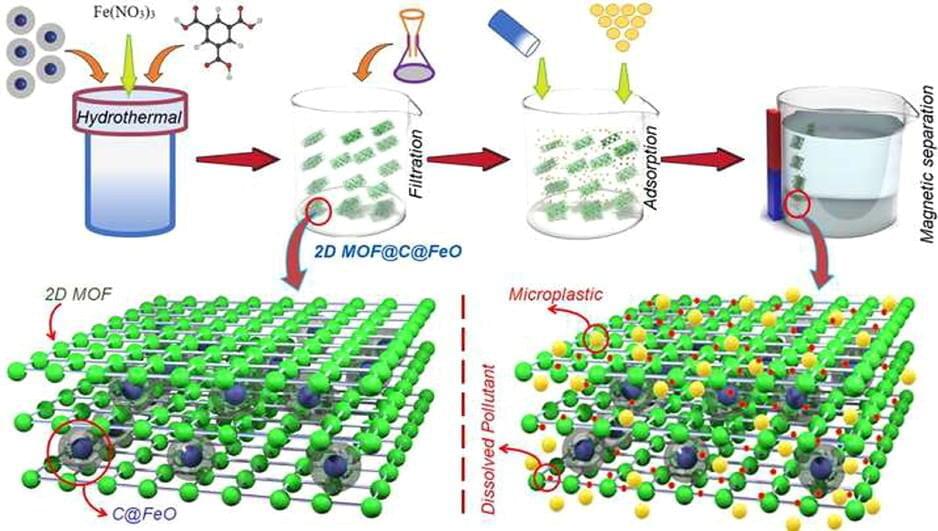This was an entertaining read for me, maybe some of you will like it too!
Most species are transitory. They go extinct, branch into new species or change over time due to random mutations and environmental shifts. A typical mammalian species can be expected to exist for a million years.
Modern humans, Homo sapiens, have been around for roughly 300,000 years. So what will happen if we make it to a million years?
Science fiction author H.G. Wells was the first to realise that humans could evolve into something very alien.









